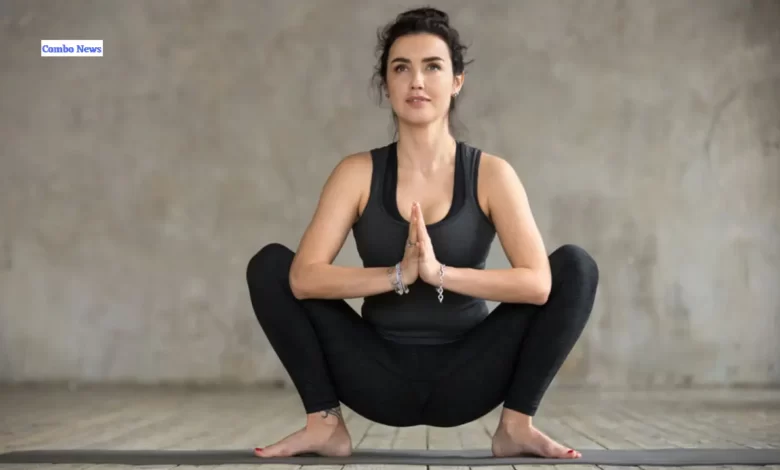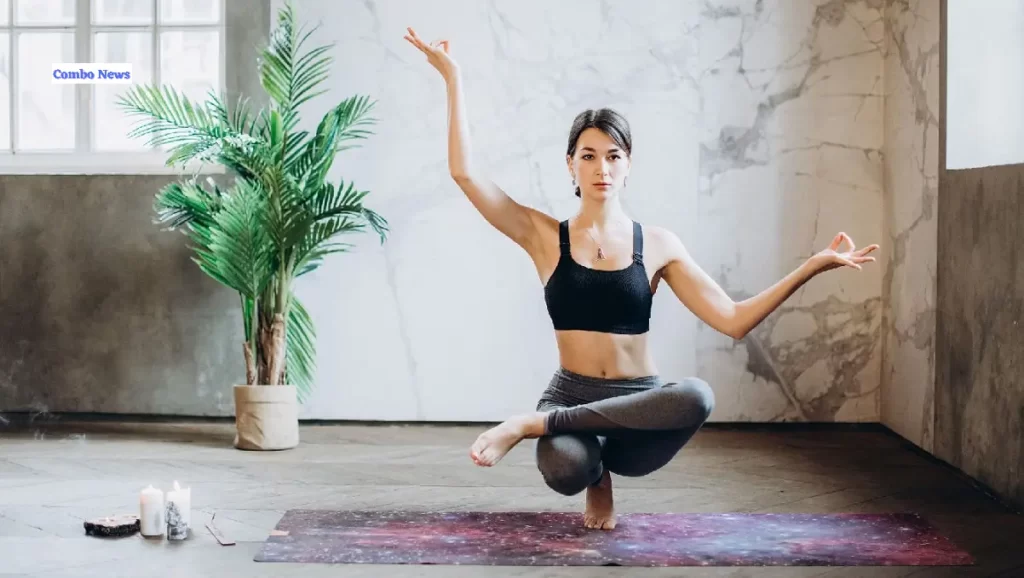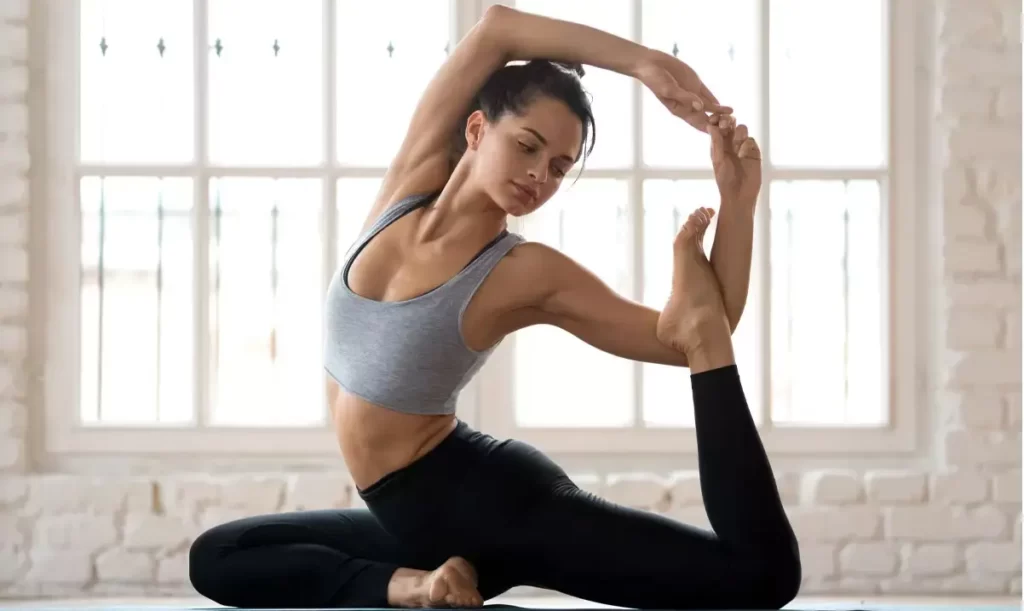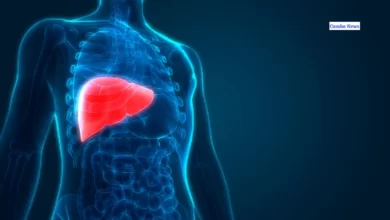
Table of Contents
Yoga, an ancient practice originating in India, has gained immense popularity worldwide for its holistic approach to physical and mental well-being. One of the remarkable facets of yoga is its ability to alleviate chronic pain through a series of poses and mindful movements.
As we delve into the realm of yoga poses for chronic pain relief, it’s essential to understand the interconnectedness of the mind and body in fostering overall healing.
10 Yoga Poses for Chronic Pain

The Mind-Body Connection
Yoga operates on the principle of the mind-body connection, recognizing that physical and mental health are intertwined. Chronic pain often involves not only the physical sensation but also the emotional and psychological toll it takes on an individual. Yoga addresses this by incorporating breathwork (pranayama) and meditation alongside physical postures (asanas), creating a comprehensive approach to pain management.
Also Read | Yoga Tips for Beginners: A Step-by-Step Guide to Start Your Journey
Gentle Poses for Beginners
For those new to yoga or dealing with chronic pain, starting with gentle poses is key. Child’s Pose (Balasana) helps release tension in the back and neck, while Cat-Cow Pose (Marjaryasana-Bitilasana) promotes flexibility and mobility in the spine. These beginner-friendly poses provide a foundation for building strength and reducing stiffness without exacerbating existing pain.
Building Core Strength
A strong core is essential for supporting the spine and maintaining overall stability. Poses like Boat Pose (Navasana) and Plank Pose (Phalakasana) engage the core muscles, aiding in the prevention and relief of lower back pain. These poses not only strengthen the abdominal muscles but also contribute to improved posture, reducing the strain on the back.
Opening the Hips and Pelvis
Chronic pain often manifests in the hips and pelvis, making hip-opening poses crucial for relief. Pigeon Pose (Eka Pada Rajakapotasana) and Butterfly Pose (Baddha Konasana) gently stretch and open the hips, releasing tension and promoting flexibility. Incorporating these poses into a routine can contribute to long-term pain management, particularly for conditions like sciatica.
Spinal Flexibility and Alignment
Maintaining a healthy spine is paramount in managing chronic pain, especially in the neck and lower back. Cobra Pose (Bhujangasana) and Downward-Facing Dog (Adho Mukha Svanasana) encourage spinal flexibility and alignment. These poses not only alleviate tension but also promote better posture, reducing the risk of further strain on the spine.
Also Read | Exploring the Remarkable 15 Benefits of Yoga for Skin Health: Unlock Radiant Skin
Restorative Poses for Relaxation
Chronic pain often leads to heightened stress levels, exacerbating the overall experience of discomfort. Restorative yoga poses, such as Legs Up the Wall Pose (Viparita Karani) and Corpse Pose (Savasana), focus on deep relaxation. By incorporating these poses into a routine, individuals can activate the parasympathetic nervous system, fostering a sense of calmness and aiding in pain relief.
Inversions for Circulation
Inversions, where the head is positioned below the heart, can enhance blood circulation and alleviate pain. Legs Up the Wall Pose and Shoulder Stand (Sarvangasana) are effective inversions that promote better blood flow to areas that may be prone to chronic discomfort. However, it’s crucial to approach inversions with caution, especially for those with specific health concerns. Consulting with a yoga instructor or healthcare professional is advisable.
Mindfulness Meditation for Pain Perception
Beyond physical poses, mindfulness meditation plays a pivotal role in reshaping the perception of pain. Mindful awareness, developed through meditation, allows individuals to observe pain without unnecessary resistance, reducing its emotional impact. Integrating mindfulness practices into a yoga routine enhances the overall effectiveness of chronic pain management.
Breathwork for Pain Control
Conscious control of the breath, known as pranayama, is a fundamental aspect of yoga that contributes to pain control. Deep breathing techniques, such as diaphragmatic breathing and alternate nostril breathing, promote relaxation and help manage pain by reducing stress levels. Incorporating breathwork into a daily practice can empower individuals to navigate and mitigate the impact of chronic pain.
Also Read | Yoga for Senior Citizens: Embracing Wellness in the Golden Years
Adapting Yoga for Specific Conditions
Yoga is adaptable, making it accessible for individuals with various chronic conditions. Whether dealing with arthritis, fibromyalgia, or specific musculoskeletal issues, modifying poses to suit individual needs is crucial. Consulting with a yoga instructor with experience in therapeutic yoga or a healthcare professional ensures that the practice is tailored to address specific pain concerns safely.

Key Facts
1. Yoga’s mind-body approach addresses both the physical and emotional aspects of chronic pain.
2. Gentle poses like Child’s Pose and Cat-Cow are ideal for beginners and those with existing pain.
3. Core-strengthening poses, including Boat Pose and Plank Pose, support spinal stability.
4. Hip-opening poses like Pigeon Pose are beneficial for conditions such as sciatica.
5. Poses like Cobra and Downward-Facing Dog enhance spinal flexibility and alignment.
6. Restorative poses such as Legs Up the Wall promote relaxation and reduce stress.
7. Inversions like Shoulder Stand can improve blood circulation and alleviate pain.
8. Mindfulness meditation reshapes the perception of pain, reducing its emotional impact.
9. Breathwork techniques, such as diaphragmatic breathing, contribute to pain control.
10. Yoga is adaptable, making it suitable for individuals with specific chronic conditions when modified appropriately.
Conclusion
Yoga, with its emphasis on holistic well-being, offers a multifaceted approach to managing chronic pain. By integrating gentle poses, building core strength, addressing specific areas of discomfort, and embracing mindfulness, individuals can embark on a journey toward relief and improved quality of life. The mind-body connection cultivated through yoga becomes a powerful tool in reshaping the experience of pain, fostering resilience, and promoting overall health.
FAQs
How can Naukasana be done?
Raise your upper and lower body to a sitting position starting on your back. Maintain your arms parallel to the floor, your knees bent, and your back straight. Align your eyes and toes. Set your back straight and tense your abdominals.
Also Read | Here’s your Complete Guide to Mindfulness








